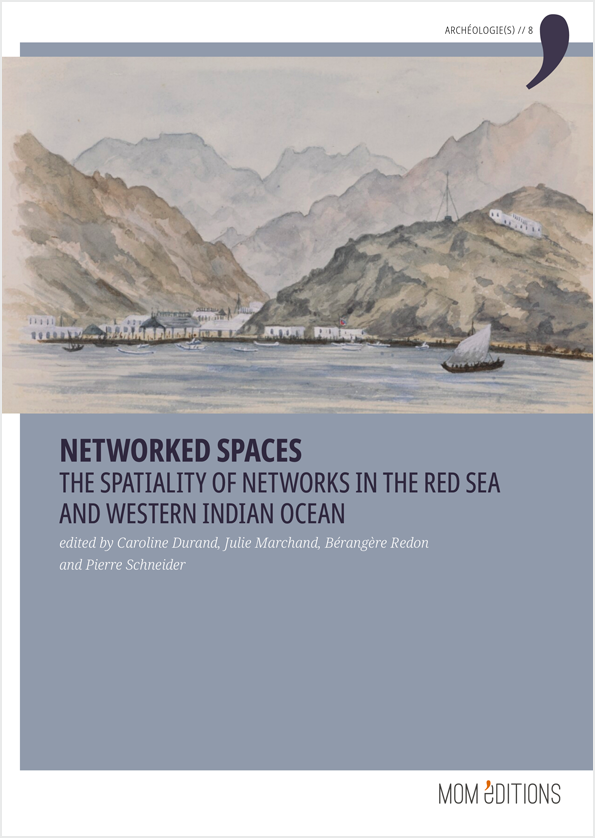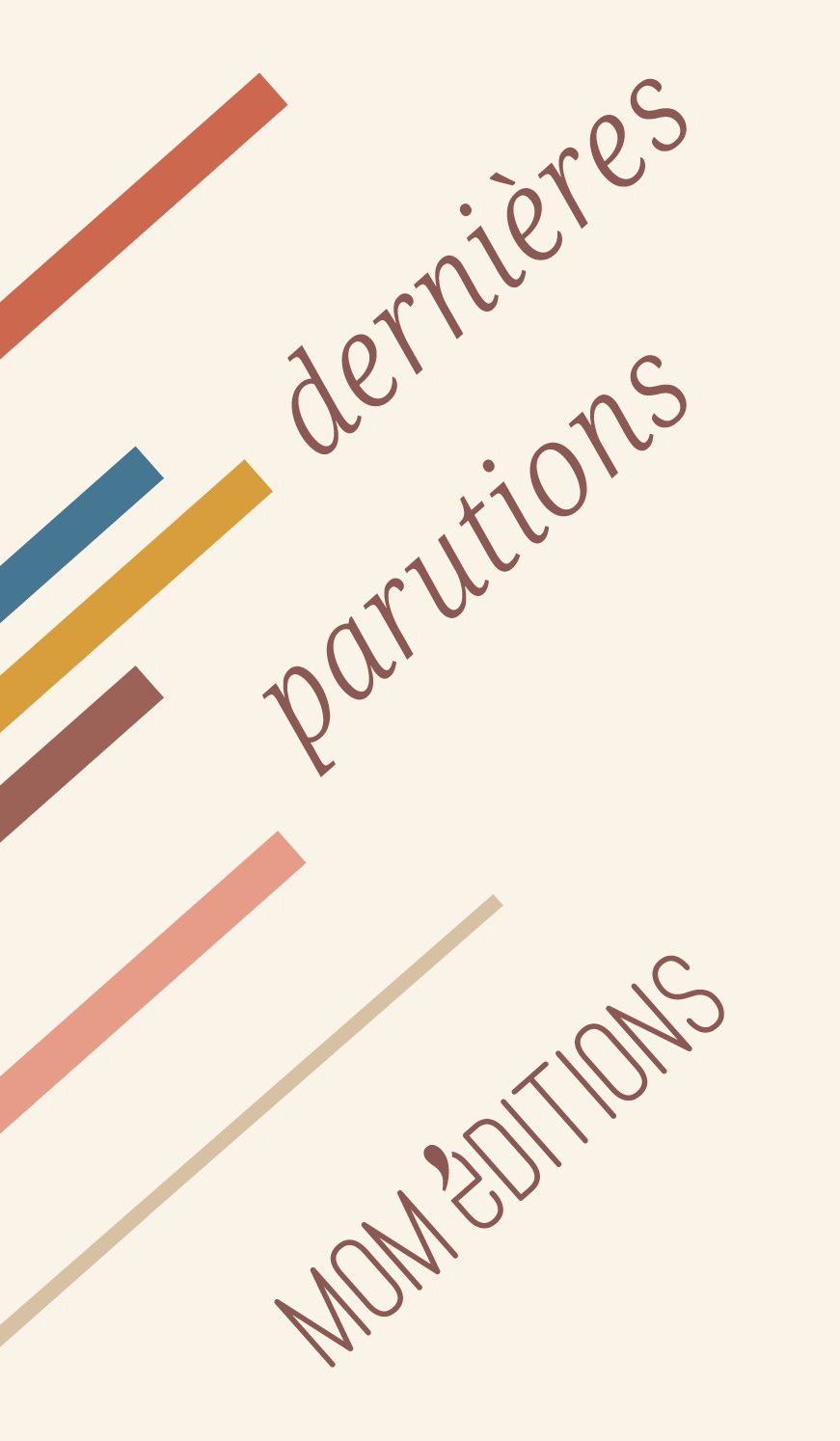
Les 34 articles publiés dans ce volume forment les actes de la 9e édition de la « Red Sea conference » qui s’est tenue à Lyon en juillet 2019. Son thème central était la « spatialité des réseaux en mer Rouge », mais aussi dans l’océan Indien occidental. Dans l’espace connecté que l’Erythra Thalassa n’a jamais cessé d’être, des éléments stables, tels que le paysage, le climat ou le régime des vents, ont été constamment enchevêtrés avec des éléments plus dynamiques, comme l’activité humaine. Les contributeurs de ce volume ont exploré la manière dont les premiers ont été intégrés au sein des innombrables réseaux formés par les hommes dans la région, et dont ceux-ci ont été affectés par les contraintes spatiales au cours de l’histoire.
Ce volume offre un riche éventail de contributions. Les premières sont consacrées aux sources européennes médiévales et modernes relatives à la mer Rouge et à son exploration, ainsi qu’aux phénomènes de diffusion des connaissances sur la région. Elles sont suivies d’études sur les nœuds principaux que sont les ports et les îles de la mer Rouge. Plusieurs contributions sont ensuite dédiées à l’agency des populations de l’arrière-pays dans les réseaux, de même qu’aux relations entre les régions bordant la mer Rouge et les pouvoirs centraux qui les ont régis, souvent depuis des contrées éloignées. Les réseaux de production et de consommation font l’objet des textes suivants. Ils évaluent l’ampleur et la nature des échanges et mettent en lumière l’archéologie des circulations. La logistique de l’exploration, de l’exploitation et du commerce dans les zones bordant la mer Rouge est ensuite examinée. La dernière série d’articles porte sur des régions où les travaux archéologiques ont commencé très récemment : Somaliland, Tigré et Corne de l’Afrique. Grâce à tous les participants, qu’ils aient exploité de nouvelles données ou réexaminé des documents connus de longue date, la 9e édition du « Red Sea Project » a donné lieu à des débats animés, témoignant que l’Erythra Thalassa demeure une source d’information inépuisable.
The 34 articles published in this volume form the proceedings of the 9th Red Sea conference held at Lyon in July 2019, whose core topic was the “spatiality of networks in the Red Sea”, including the western Indian Ocean. In the networked space that the Erythra Thalassa never ceased to be, stable factors such as landscape, climate, and wind patterns have been constantly entangled with more dynamic elements, such as human activity. The contributors to this volume explored how the former were integrated into the countless networks formed by humans in the region, and how these were impacted by spatial constraints over the long course of history.
This volume offers a wide range of stimulating contributions. The first articles are devoted to medieval and modern European sources on the Red Sea and its exploration, and to the networks of knowledge dissemination about the region. They are followed by papers relating to the main nodes, the ports and islands of the Red Sea. Several articles are then focusing on the agency of hinterland populations in the networks, and the relationships between the regions bordering the Red Sea and central powers that governed them, often from distant lands. Production and consumption networks are the subject of the next articles, to assess the extent and nature of exchanges and to shed light on the archaeology of circulations. The logistics of exploration, exploitation and trade in the regions bordering the Red Sea are then examined. The last series of papers focuses on regions where archaeological work started only recently: Somaliland, Tigray, and the Horn of Africa. Thanks to all the participants, whether they have exploited new data or re-examined long-known material, the 9th edition of the “Red Sea Project” gave rise to vibrant debates, showing that the Erythra Thalassa remains an endless source of knowledge.
Caroline Durand, Julie Marchand, Bérangère Redon, Pierre Schneider
Space and networks. The Red Sea model
Modern exploration of the Red Sea
Dejanirah Couto
“All the wealth of the world will be in your hands”. A vision of the Red Sea in the early 16th century through the Letters of Afonso de Albuquerque (1513)
Roxani Eleni Margariti
From Berlin to the Coral Sea. Sea, islands and maritime knowledge in the Red Sea expeditions of Wilhelm Hemprich and Christian Ehrenberg (1823‑1825)
Archaeology of ports
Claire Somaglino, Pierre Tallet
Vingt années de fouille des ports pharaoniques d’Ayn Soukhna et du Ouadi el‑Jarf sur la côte occidentale du Golfe de Suez (2001‑2020)
Marek Adam Woźniak
Berenike – why there? Environmental, economic and logistic conditions of the Hellenistic port/base location
Michał Gawlikowski
Les Nabatéens à Aynouna sur la mer Rouge
Mahmoud Abd el‑Raziq, Julie Marchand, Claire Somaglino
A regional and international hub of trade. New data about the harbour of Clysma/al‑Qulzum
Laurence Smith, Michael Mallinson, Jacke Phillips, Shadia Taha, Colin Breen, Wes Forsythe, Ali Mohamed Abdelrahman
From Gujarat to the Red Sea. The connectivity of the port of Suakin, Sudan, within the western Indian Ocean
Islands and insularity
Solène Marion de Procé
Remarks on the organization of territory in an insular context. The case of the Farasān Islands (southern Red Sea) in Antiquity
Christian Julien Robin
A likely identification of “Sambrachate, and a homonymous city on the continent” (Pliny, Natural history, VI, 151)
Mathilde Gelin, Jean‑Michel Gelin, Barbara Couturaud, Jean‑Baptiste Houal, Hervé Monchot
The integration of the island of Ikaros into “international” and regional networks
Julie Bonnéric
Why islands? Understanding the insular location of Late Sasanian and Early Islamic Christian monasteries in the Arab-Persian Gulf
Places and power
Matthew Adam Cobb, Troy Wilkinson
The Roman state and Red Sea trade revenue
Jeremy A. Simmons
Dire straits. Safeguarding trade on the Red Sea and Gulf of Khambhat (ca 1‑300 CE)
Pierre‑Louis Gatier
Le temple de Ruwāfa dans la province romaine d’Arabie
David Bramoullé
Les ports du pays beja à l’époque fatimide. Un espace de la liminalité
Shadia Taha
Suakin, between the sea and the desert: connected landscapes
Archaeology of circulations
Isabelle Goncalves
Exploiting and crossing the Egyptian Eastern Desert during the Pharaonic Era
Jennifer Gates‑Foster
Third century BCE supply networks and Ptolemaic transport amphoras from ‘Abbad and Bi’r Samut in Egypt’s Eastern Desert
Joan Oller Guzmán
From the sea, to the river, through the desert. Some issues regarding the emerald trade network in Roman Egypt
Julie Marchand
Early Islamic soft-stone vessels. Production and distribution on both sides of the Red Sea
Fabien Lesguer
Zones de production de céramiques dans la péninsule Arabique entre le VIe siècle av. J.‑C. et le XIVe siècle ap. J.‑C.
Sterenn Le Maguer‑Gillon
Ports of trade and other maritime structures involved in the frankincense trade between Arabia and China, 8th‑14th centuries
Roads and networks
Yannis Gourdon
Des carrières au Nil. Halage des pierres et maillage territorial sur le plateau de Hatnoub (travaux préliminaires)
Maël Crépy, Bérangère Redon
Water resources and their management in the Eastern Desert of Egypt from Antiquity to the present day. Contribution of the accounts of modern travelers and early scholars (1769‑1951)
Julia Lougovaya
Learning to write and read at Didymoi. A diachronic approach
Shailendra Bhandare, Hélène Cuvigny, Thomas Faucher
An Indian coin in the Eastern Desert of Egypt
Laïla Nehmé
Land (and maritime?) routes in and between the Egyptian and Arabian shores of the northern Red Sea in the Roman period
New perspectives on the Horn of Africa
Anne Benoist, Iwona Gajda, Jérémie Schiettecatte, Ninon Blond, Olivier Barge, Diego Capra, Emmanuelle Régagnon, Emmanuelle Vila
Emprises et déprises agricoles aux marges du Tigray oriental. Les régions de Wolwalo et Wakarida de la période pré‑aksumite à la fin de la période aksumite
Luisa Sernicola, Chiara Zazzaro
Islands, coast, lowland and highland. From the Red Sea to Aksum and beyond: the north-east/south-west network in ancient and modern times
Jacke Phillips
Why this one? And why here?
Adolfo Fernández Fernández, Alfredo González‑Ruibal, Jorge de Torres
New evidence of long-distance trade in Somaliland in Antiquity. Imported materials from the 2018‑2019 field seasons at Xiis (Heis), 1st to 3rd centuries AD
Jorge de Torres
The archaeology of the medieval trade networks in western Somaliland
Julien Loiseau, Simon Dorso, Hiluf Berhe, Deresse Ayenachew, Amélie Chekroun, Bertrand Hirsch
To whom do the dead belong? Preliminary observations on the cemetery of Tsomar, eastern Tigray (Inscriptiones Arabicae Aethiopiae 2)

 La
La 
















